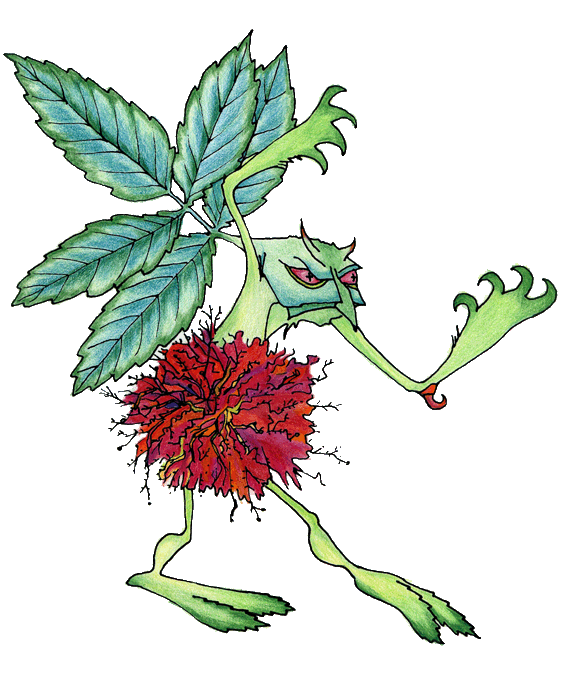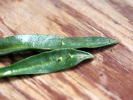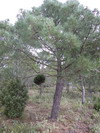 Nederlands
Nederlands

| Many things are yet to be discovered. But sometimes species are known very well, although this is no cmmon knowledge. If you have any suggestions, knowledge or ideas about the identity of the specimen below, please share this with us by sending an e-mail to (jojanneke@plantengallen.com). | ||
Click on the picture for an enhancement | ||
| 1. On the 22th of July I found these swellings in the fruits of an unknown Apiaceae. The larvae I found indicate it could be a gall midge, maybe by the name of Kiefferia pericarpiicola. The plant does not look like Daucus carota, which is the species that these midges are mostly associated with, but the midges can also occur on other Apiaceae. | ||
2. Found on Quercus robur, english oak. The picture was taken for the presence ofAndricus fecundator, so the focus on this part of the plant was not very sharp...It could be Andricus corruptrix maybe? |  (Picture: Aad de Vette) | |
3. Between mosses, looking like some strange moss itself. Found by Werner Langhmans from Belgium. The spiky balls are probably attached to the (oak)wood underneath. The spheares are standing on a narrow stalk (see picture with arrow). From Küster (1911) I extracted a picture of some shape resembling the ones to the right: Dryophanta disticha. Its a gall on Quercus (oak), page 168. Another possibility could be Andricus caliciformis, or some similar species. There is not much I was able to find about this species. Werner Langhmans suggests Andricus hartigi after browsing the internet. The shape is very similar to the ones on the pictures made by Werner. See below: If it is induced by the gallwasp Andricus hartigi the gall should mature in Autumn and not fall down to the ground. Ross & Hedicke (1927) state the gall of Andricus hartigi(No. 2084, described as Cynips hartigi) is 7 mm and round. The inner gall is max 5 mm, tough and contains one gall chamber. It also mentiones someting about a stalk, so it all sounds very likely. Docters van Leeuwen (1982) and Dauphin & Aniotsbehere (1997) do not mention the species. This makes it all the more interesting to examin some specimens in the flesh. |
| |
| 4. The gall found by Date Luterop on Aster tripolium in 2005 is still an unsolved mistery. One possibility suggested by Huub van der Aa is No. 836 in Buhr, 1962: "An A. tripolium. Walzige, bis 2 cm lange, 5 mm dicke, braungelbe, sehr dickwandige, harte, vielkammerige, entsprechend höckerige Galle am Blattgrunde, den Mittelnerf einschliessend. Der obere Teil des Blattes längs des Mittelnervs gefalted. Ross-Hedicke 339. Galle nach Einzelfunde aus C-Eur erwáhnt. Klärung ohne erneute Überprüfung nicht möglich." Buhr says it is an unidentified species of gall wasp. |  (Picture: D. Luterop) | |
| 5. It seems to be impossible to find out what species causes these galls on the tropicalRhododendron solitarium, found by Stephan Helfer in the UK. He names it a Nail gall and thinks it could be caused by some eriophyiod mite spcies. I agree. Who is familliar with thi fenomena and knows what causes it? |  (Picture: S. Helfer) | |
| 6. On different species of trees witches brooms can be found. Sometimes the cause for this growth is known, but it is not always very clear, like with the deformations on Pine. |  Foto: J.W. Tigges | |